
HTML5 is being developed as the next major revision of HTML (HyperText Markup Language). The major market and internet leaders are already switching to the HTML 5 platform. With Apple and Google both pushing the standards in order to facilitate more advanced web development, we should see HTML 5 implementations popping up in the next year or two as more companies get on board with the advanced features.
With the constant drop of Flash usage in web and internet applications, HTML5 is opening new doors to web designers and developers. In this scenario, it is indeed imperative for every web developer to know about basic tutorials, tricks and terms of HTML5.
Here we present before you, a comprehensive list of more than 30 HTML5 tutorials and techniques that you can’t afford to miss if you are a web developer.

A comprehensive article from the technical library of IBM by IT Architect Dietmar Krueger. In this article, the author describes and explains how challenging it i s to write application for operating systems and mobile platforms. Instead of relying on learning the platform specific languages like Objective-C with Cocoa (on iPhone), the author takes the open way of developing things through HTML5. A very clearly explained and in-depth article.

HTML 5 experimentation and demos I’ve hacked together. Click on the browser support icon or the technology tag to filter the demos (the filter is an OR filter).

One page overview of HTML5 – very useful!

This tutorial show you how to build a news website in HTML5 and CSS3. Every line of code is explained for both HTML and CSS

Much of HTML 5’s feature set involves JavaScript APIs that make it easier to develop interactive web pages but there are a slew of new elements that allow you extra semantics in your conventional Web 1.0 pages. This tutorial investigate these by setting u a blog layout.

HTML 5, the W3C’s recently redoubled effort to shape the next generation of HTML, has, over the last year or so, taken on considerable momentum. It is an enormous project, covering not simply the structure of HTML, but also parsing models, error-handling models, the DOM, algorithms for resource fetching, media content, 2D drawing, data templating, security models, page loading models, client-side data storage, and more.
There are also revisions to the structure, syntax, and semantics of HTML, some of which Lachlan Hunt covered in “A Preview of HTML 5.â€
In this article, let’s turn solely to the semantics of HTML. It’s something the author has been interested in for many years, and something which he believe is fundamentally important to the future of HTML.

HTML 5 browser compatibility overview.

Dive Into HTML 5 seeks to elaborate on a hand-picked Selection of features from the HTML5 specification and other fine Standards. I shall publish Drafts periodically, as time permits. Please send feedback. The final manuscript will be published on paper by O’Reilly, under the Google Press imprint. Pre-order the printed Work and be the first in your Community to receive it.

Here you will find very useful compatibility tables for features in HTML5, CSS3, SVG and other upcoming web technologies.


Among the set of goodies in the HTML 5 specification is Canvas which is a way to programmatically draw using JavaScript. We’ll explore the ins and outs of Canvas in this article, demonstrating what is possible with examples and link

Forms are usually seen as that obnoxious thing we have to markup and style. I respectfully disagree: forms (on a par with tables) are the most exciting thing we have to work with.
Here we’re going to take a look at how to style a beautiful HTML5 form using some advanced CSS and latest CSS3 techniques. I promise you will want to style your own forms after you’ve read this article.


HTML5 is the future of web development but believe it or not you can start using it today. HTML5 is much more considerate to semantics and accessibility as we don’t have to throw meaningless div’s everywhere. It introduces meaningful tags for common elements such as navigations and footers which makes much more sense and are more natural.
This is a run through of the basics of HTML5 and CSS3 while still paying attention to older browsers. Before we start, make note of the answer to this question.

While it is true HTML5 and CSS3 are both a work in progress and is going to stay that way for some time, there’s no reason not to start using it right now. After all, time’s proven that implementation of unfinished specifications does work and can be easily mistaken by a complete W3C recommendation. That’s were Progressive Enhancement and Graceful Degradation come into play.

You’ve been depressed for like a year now, I know. All the hardcore Objective-C developers have been having a hay-day writing apps for the iPhone. You might have even tried reading a tutorial or two about developing for the iPhone, but its C—or a form of it—and it’s really hard to learn.
You can also do it with the skill set you probably already have: HTML(5), CSS, and JavaScript.
This tutorial show you how to create an offline HTML5 iPhone application. More specifically, I’ll walk you through the process of building a Tetris game.

Learn five macro-steps to build an effective website using brain, pencil, paper, Photoshop, HTML and CSS. But technology doesn’t stop, luckily, and we have other two great allies for the future to design better website: HTML 5 and CSS3.

See how to create a HTML5 web template, using some of the new features brought by CSS3 and jQuery, with the scrollTo plug-in. As HTML5 is still a work in progress, you can optionally download a XHTML version of the template here.

HTML5 is definitely the flavor of the month, with everyone in the design community getting excited about its release. In this tutorial we’ll get a taste of what’s to come by building a cool iPhone app website using a HTML5 structure, and visual styling with some CSS3 effects.

In this tutorial, we are going to build a blog page using next-generation techniques from HTML 5 and CSS 3. The tutorial aims to demonstrate how we will be building websites when the specifications are finalized and the browser vendors have implemented them. If you already know HTML and CSS, it should be easy to follow along.

HTML5 for Beginners. Use it now, its easy! This article cover some of the HTML5 basics in a funny way…

This presentation is an HTML5 website and it is a very informative and easy to use overview of the HTML5 elements.

Depending on who you ask, HTML 5 is either the next important step toward creating a more semantic web or a disaster that’s going to trap the web in yet another set of incomplete tags and markup soup.
The problem with both sides of the argument is that very few sites are using HTML 5 in the wild, so the theoretical solutions to its perceived problems remain largely untested.
That said, it isn’t hard to see both the benefits and potential hang-ups with the next generation of web markup tools.

HTML 5 Visual Cheat Sheet is an useful cheat sheet for web designers and developers designed by me. This cheat sheet is essentially a simple visual grid with a list of all HTML tags and of their related attributes supported by HTML versions 4.01 and/or 5. The simple visual style I used to design this sheet allows you to find at a glance everything you are looking for.

This is a browser test with a lot of detail. Very useful.

Time for us to play with this technology. We’ve created a little experiment which loads 100 tweets related to HTML5 and displays them using a javascript-based particle engine. Each particle represents a tweet – click on one of them and it’ll appear on the screen. (click on the image to see it in action)


OK You have seen that HTML 5 is here, but should you use it?
Generally I think it depends on the site you are working on. If it is a high traffic commercial website you may want to hold it back a bit. However if it is a personal blog I believe it is time to get started and learn how to use the new features in HTML 5.
Actually HTML5 is used more than you may think already. You should check out the sites featured on HTML 5 Gallery and view source to see what they’re doing. Also there is already a HTML 5 Wordpress theme available.
Other interesting posts on this topic
Feed provided by
tripwrire magazine, Visit this post here:
Permalink 




































































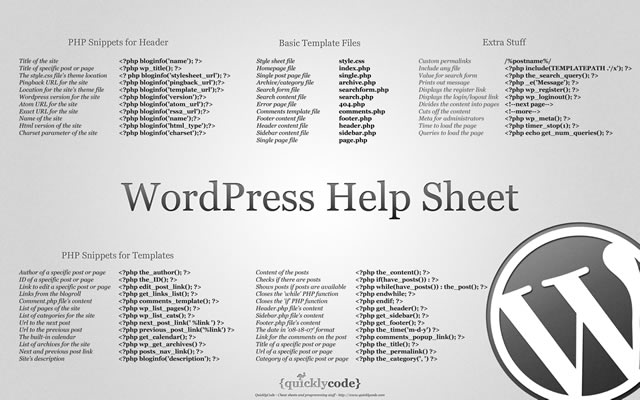
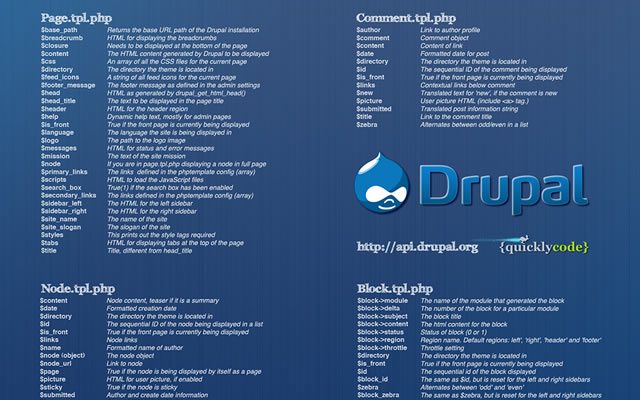
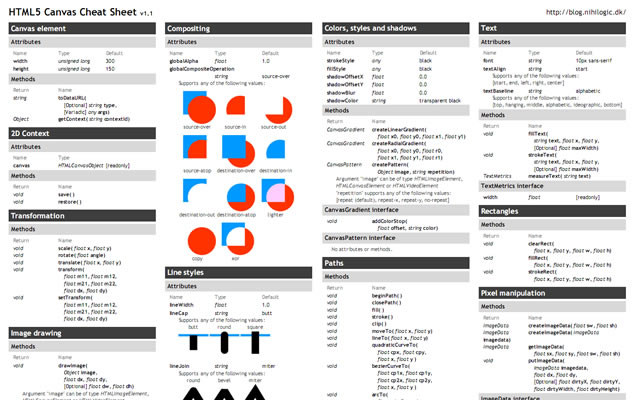

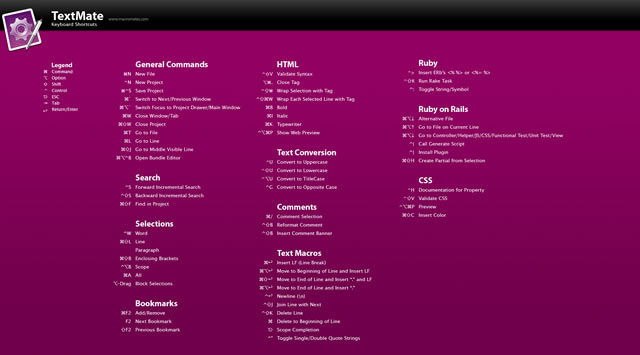
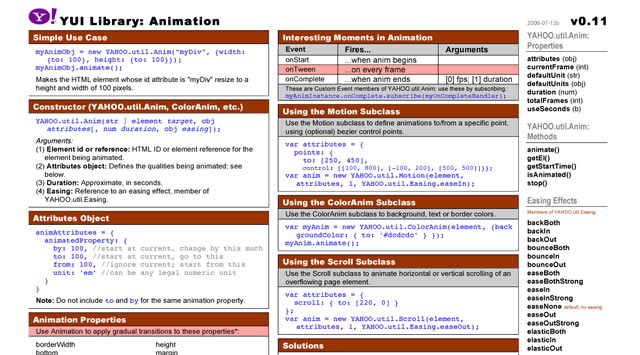
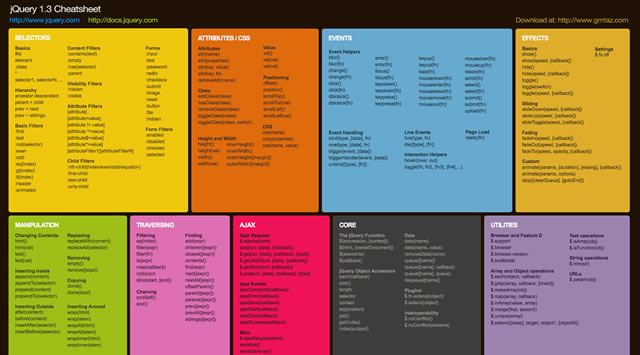
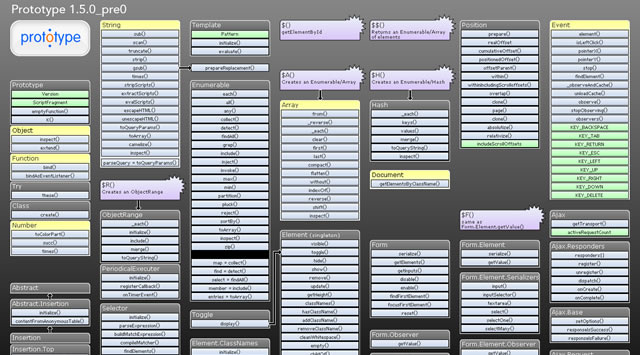
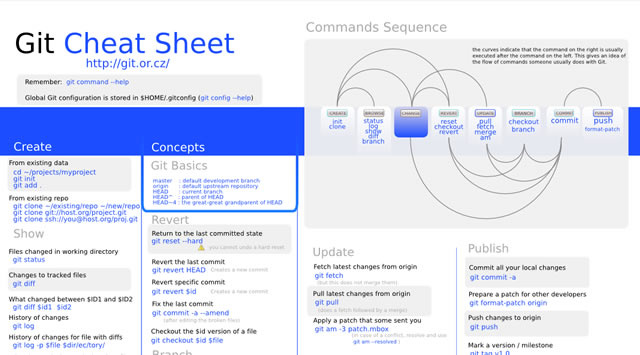
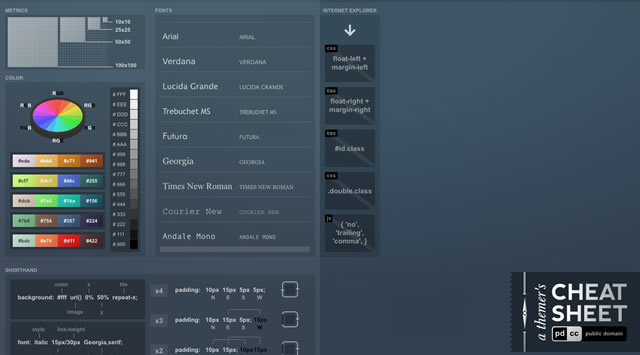
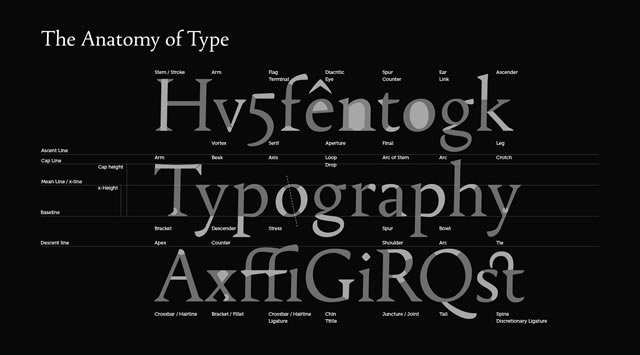
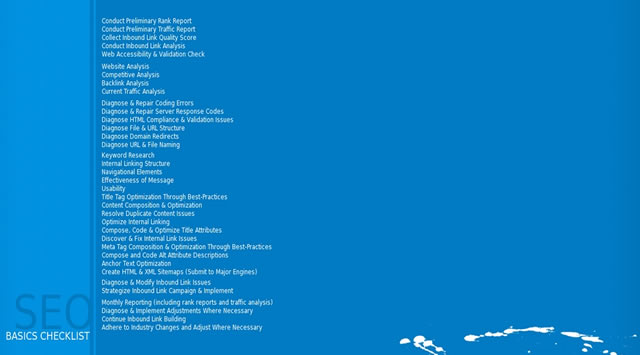
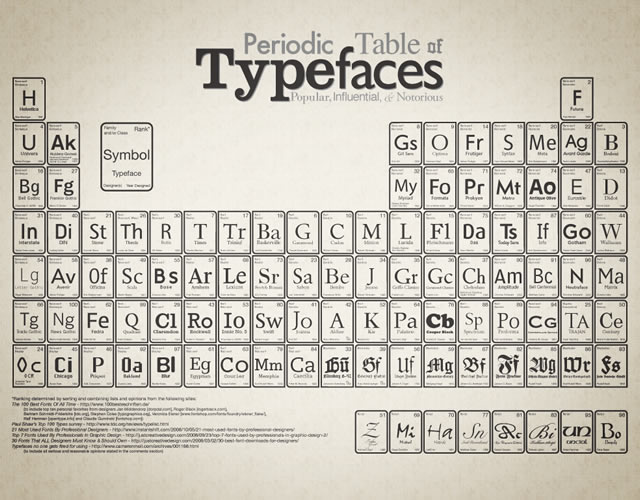
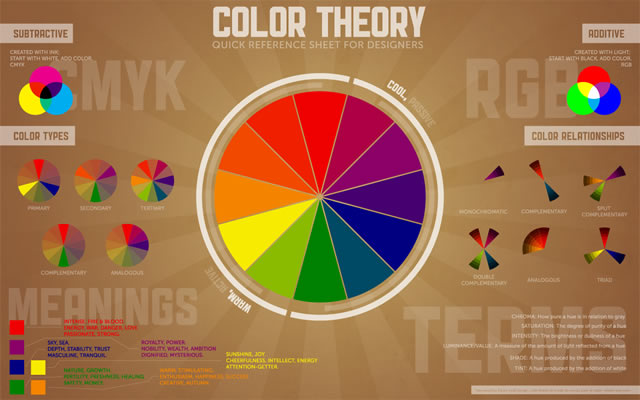
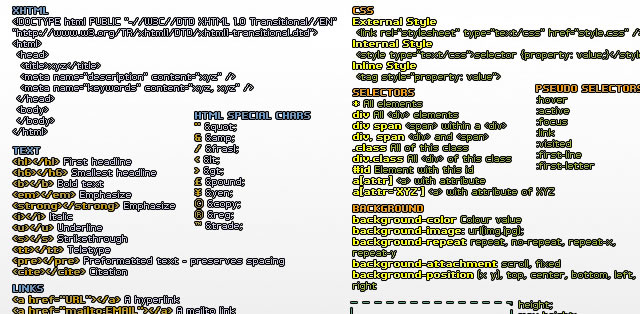






























 When loading images on a website the background image could be the last to load which doesn’t look too professional. In this very short tutorial (more a tip I suppose) I will show you how to load the background image before anything else, you can apply this to any image that you wish, it is achieved by a bit of javascript in the head section.
When loading images on a website the background image could be the last to load which doesn’t look too professional. In this very short tutorial (more a tip I suppose) I will show you how to load the background image before anything else, you can apply this to any image that you wish, it is achieved by a bit of javascript in the head section.